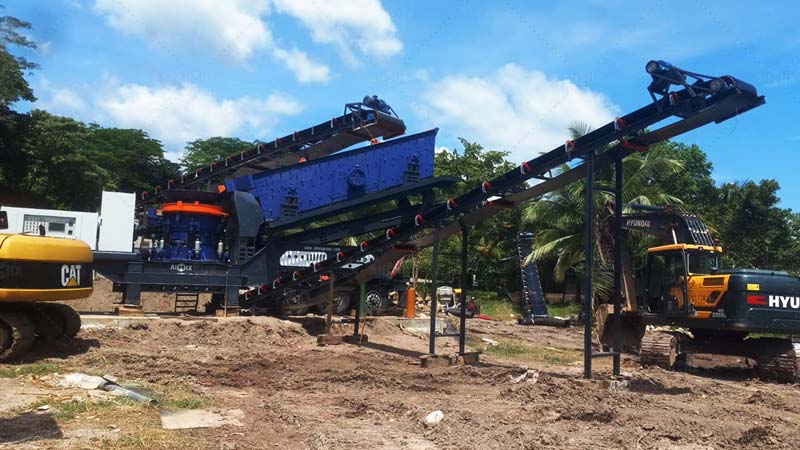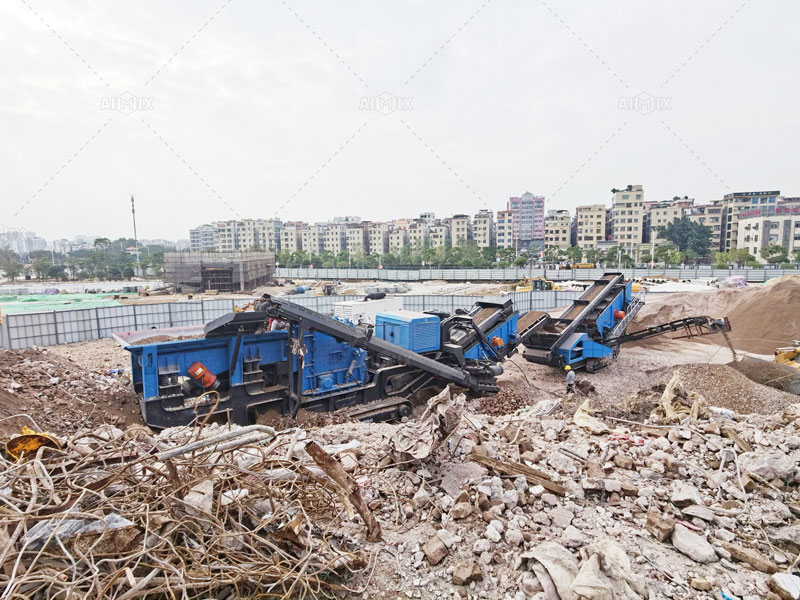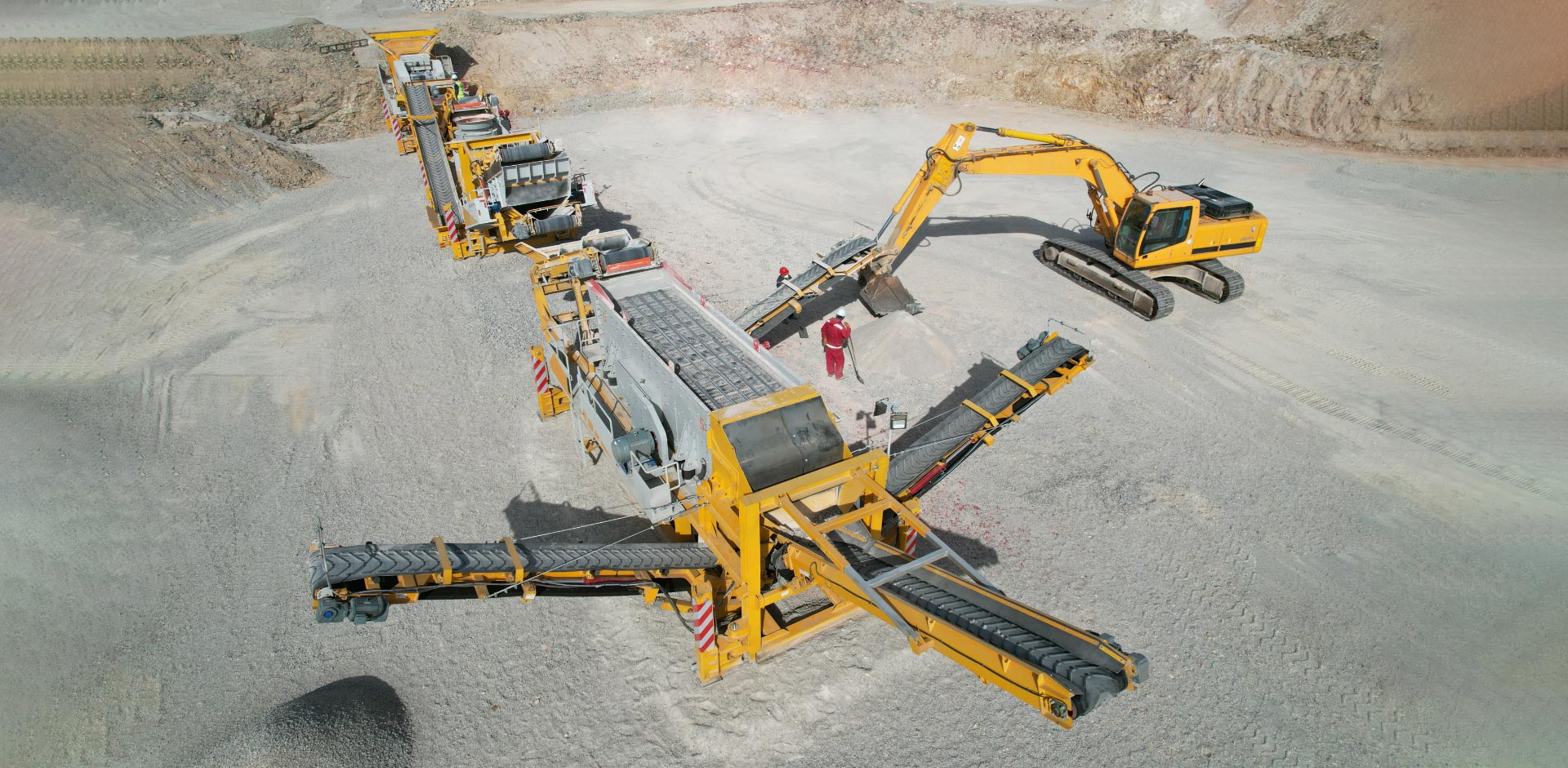When selecting a crushing plant for stone processing, one of the primary considerations is the cost. The type of stone being crushed plays a significant role in determining the overall cost of the plant. Factors such as hardness, abrasiveness, and the required output size can impact both the equipment needed and the operational costs. In this article, we will explore the differences in the cost of crushing plants based on the type of stone, including common materials like limestone, granite, and gravel.
Understanding Crushing Plant Costs
Crushing plants are essential for processing stones into aggregates or materials used in construction, road building, and other industries. The cost and price of a stone crusher plant(trituradora de piedra precio) varies depending on several factors, including the type of stone being processed. Different stones have varying properties that influence the selection of equipment and, in turn, the total cost of setting up and operating a crushing plant.

Factors Influencing Crushing Plant Costs
Several factors influence the cost of a stone crusher plant. These factors include the type of stone, the complexity of the crushing process, and the desired end-product. Let’s break these down further:
1. Type of Stone
The most significant factor influencing crushing plant(planta chancadora de piedra) costs is the type of stone being processed. Harder stones like granite require more powerful crushers and may need additional processing stages, which can drive up the overall cost. Softer stones like limestone or sandstone may require simpler crushing equipment, lowering the cost. Stones such as gravel, while easier to crush, often require specialized equipment to create uniform-sized aggregates.
2. Crushing Stages and Equipment
Different types of stones may require different crushing stages, such as primary, secondary, and tertiary crushing. For example, when processing hard stones like granite, multiple stages of crushing may be needed, resulting in a higher overall cost. Equipment such as jaw crushers, cone crushers, and impact crushers may be used in combination to achieve the desired output size. The more stages and specialized equipment required, the higher the cost of the plant.
3. Output Requirements
The required output size of the crushed material also impacts the cost of the plant. Finer aggregates generally require more processing, which increases the number of crushing stages and the cost of the equipment. If a plant is designed to produce smaller or highly uniform aggregates, it may need more advanced equipment, thus driving up the price.
4. Operational Costs
Operational costs are another key factor. These include energy consumption, maintenance, and labor costs. Harder stones often require more energy to crush and more frequent maintenance, raising the operational costs of the plant. Additionally, factors like the location of the plant and its proximity to raw material sources can affect transportation and labor costs.
Cost of Crushing Plants for Different Types of Stone
Now, let’s break down the cost differences based on specific types of stone typically processed in crushing plants.
1. Gravel Crushing Plant Costs
Gravel, being a much softer material compared to granite, can often be processed more quickly and with simpler equipment. Gravel crushers generally use a combination of jaw crushers and screens to produce the desired aggregate sizes. While gravel crushing plants are generally less expensive than those for granite, they still incur costs based on output capacity and the need for specialized equipment to achieve the desired aggregate quality. The cost of a gravel crusher(trituradora de piedra para grava) plant is typically between $100,000 and $400,000.
2. Granite Crushing Plant Costs
Granite is a much harder stone than limestone, so crushing it requires more robust equipment. Typically, a granite crushing plant will use a jaw crusher for primary crushing, followed by a cone crusher or impact crusher for secondary and tertiary stages. Due to the hardness of granite, the crushers must be heavier-duty, which leads to higher initial equipment costs. Furthermore, multiple crushing stages may be necessary to achieve the desired aggregate sizes. The cost of a stone crusher plant for granite can range from $500,000 to $2 million or more, depending on the plant’s capacity and the type of equipment used.

3. Limestone Crushing Plant Costs
Limestone is one of the most commonly used construction materials. Crushing limestone usually requires less intensive equipment compared to harder stones like granite. A typical limestone crushing plant will use a primary jaw crusher followed by a secondary impact crusher or cone crusher. Since limestone is a softer rock, it is easier to crush, meaning the operational costs tend to be lower. The cost of a stone crusher plant for limestone processing can range from $100,000 to $500,000, depending on the scale and required output. However, maintenance costs are generally lower compared to plants processing harder stones.
4. Ore Crushing Plant Costs
Ore crushers, used for materials such as iron ore, copper ore, or gold ore, typically require more specialized equipment. The crushing process for ores can be complex and often involves multiple stages of crushing, grinding, and screening. Depending on the type of ore and the processing requirements, the cost of an ore crusher(trituradora mineria) plant can range significantly, from $200,000 for small-scale operations to $5 million or more for large-scale ore processing plants.
Conclusion
The cost of a stone crusher plant varies greatly depending on the type of stone being processed, the number of crushing stages required, and the desired output size. Softer stones like limestone and gravel can be processed at a lower cost compared to harder stones like granite or ores, which require more advanced equipment and additional crushing stages. When planning a crushing plant, it’s important to consider not only the initial equipment costs but also the operational and maintenance expenses. By carefully selecting the appropriate crushing plant for your stone type, you can optimize both cost and performance, ensuring a profitable operation.
